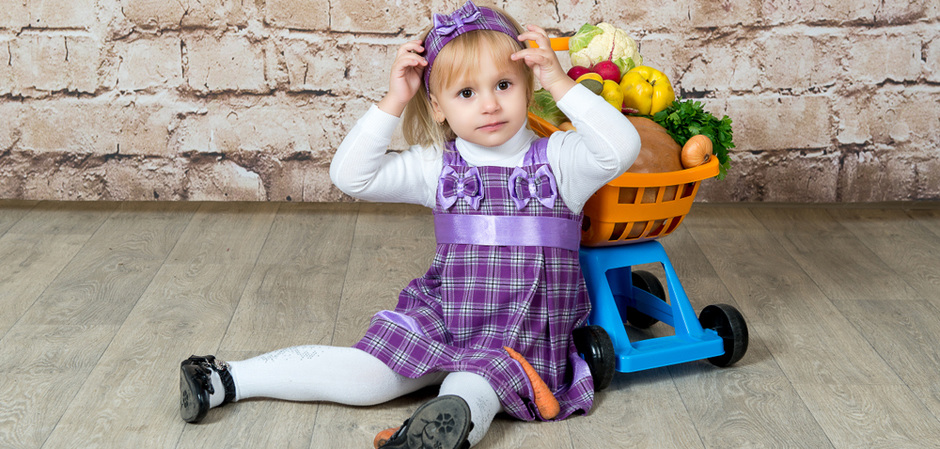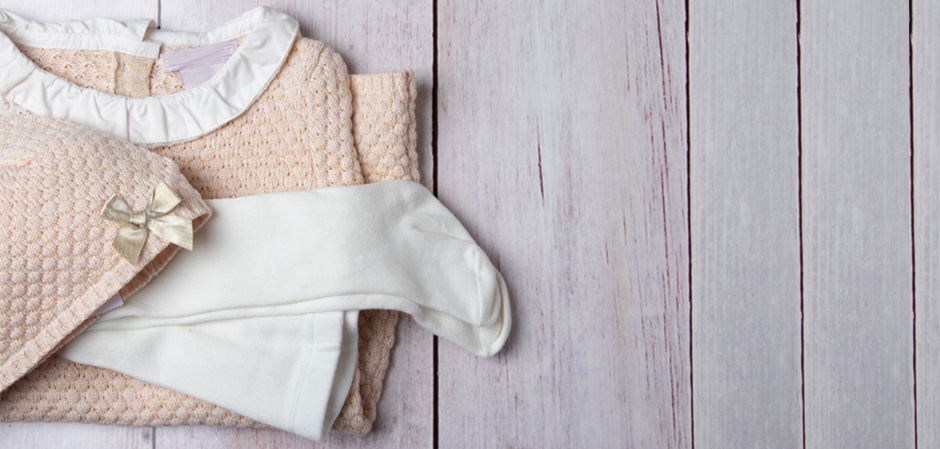VAT is not childish
Expert of the multi-channel b2b platform "Fashion magazin" Lyudmila Teselkina, CEO and founder of the consulting agency Just Logistics, member of the Expert Advisory Council for the Implementation of Customs Policy at the Federal Customs Service of Russia,Advisor to the President of the Russian Union of Textile and Light Industry Entrepreneurs on customs policy, talks about the features of preferential taxation of organizations selling children's clothing.

The tender age of the consumer audience in Russian legislation is considered the basis for preferential taxation with a reduced rate equal to 10% and applied to social goods. Everything seems to be simple, clear and "mi-mi-mi", but in practice, VAT payers selling children's clothing are constantly faced with some controversial situations.
In the neophyte's opinion, children's retail is all goodness and sweetness. Well, how can you not melt at the sight of tiny booties? But for experienced suppliers specializing in the sale of clothes for young fashionistas, this is a very difficult category of goods planned for import or sale on the territory of the Customs Union. Therefore, the glossary with which we will operate in this article is far from marmalade and all sorts of sentiments. Let's prosaically, but realistically understand
the subtleties of legislation that are important and necessary for a promising business.

If you are engaged in the import and registration of goods for children, then you probably know about the increased requirements and special attention from the customs authorities to the permits confirming the sanitary and hygienic standards of these products. But today we focus not on them, but on the reduced VAT rate and the procedure for confirming the right to apply it.
So, Article 164 of the Tax Code of the Russian Federation defines that goods for children are subject to taxation at the rate of VAT in the amount of 10% . These, in particular, include knitwear for newborns and children of nursery, preschool, junior and high school age groups.Namely: upper knitwear, linen knitwear, hosiery, gloves, mittens, hats, sewing products, including those made of natural sheepskin and rabbit (including products made of natural sheepskin and rabbit with leather inserts), outerwear (including a dress and costume group), underwear. The reduced VAT rate does not apply to garments made of genuine leather and natural fur, with the exception of natural sheepskin and rabbit.

It is important to remember that the legislator under "children's clothing" in his explanations defines things suitable for the age category from 0 to 16 years. At the same time, clear metric benchmarks are additionally indicated, which should not exceed the following indicators: height not exceeding 164 cm, chest circumference up to 84 cm for girls; height not exceeding 174 cm, chest circumference up to 84 cm, neck circumference up to 34 cm for boys. The maximum dimension for gloves is 18 cm, for hosiery 22 cm.
Once the anthropometric data is written down to the centimeter, then, of course, the customs authorities will not miss the opportunity to carefully check the information you have provided. The main form of control when importing children's clothing remains customs inspection. Not withmevayhere, the inspector is sure to measure the entire range declared when declarification with a ruler in his hands. Since the reduced rate of VAT in the amount of 10% is declared directly when filing a customs declaration, then the confirmation of the information specified in it is a primary task. Negligence in this matter may entail serious administrative, and in some cases criminal liability.

Therefore, in order to avoid "non-childish" consequences, it is recommended to correctly correlate the nomenclature groups and their dimension in centimeters for all manufacturers with whom you work, so that the discrepancy between the size series does not come as a surprise when passing the same control.
Special attention should be paid to the dimensions, which border on adult parameters. It is logical to assume that sliders and booties are unlikely to become the object of the inspector's attention, but school uniforms, jeans, suits, jackets and dresses for teenagers need extreme accuracy in all pairs of frames.
Be careful and consult with specialists so that work in the children's segment brings positive emotions and financial results.
Photo: shutterstock